In the lists of birds that were not to be eaten (Lev 11:13-19; Deut 14:11-18), the phrase “according to its kind” appears four times. This can be understood either as “all kinds of” – in which case the names are more like collective terms, similar to modern ornithological family classifications – or as “of the kind of” – in which case specific species are mentioned as representative examples of all similar birds.
Gulls
The Hebrew word shachaf (“the slender one”) is most likely a collective term for gulls (Larinae). The Greek laros in the Septuagint (LXX) clearly refers to them (Lev 11:16; Deut 14:15). The Yellow-legged Gull (Larus michahellis) is native to all Israeli coasts and also found around the Sea of Galilee. Other species prefer even warmer areas and are found around the Red Sea and further south, for example, the Slender-billed Gull (Chroicocephalus genei), Lesser Black-backed Gull (Larus fuscus), and White-eyed Gull (Ichthyaetus leucophthalmus). The Black-headed Gull (Chroicocephalus ridibundus), which is widespread in Germany and well-known to North Sea vacationers, winters in Israel, as do the Little Gull (Hydrocoloeus minutus), Mediterranean Gull (Ichthyaetus melanocephalus), and Common Gull (Larus canus).
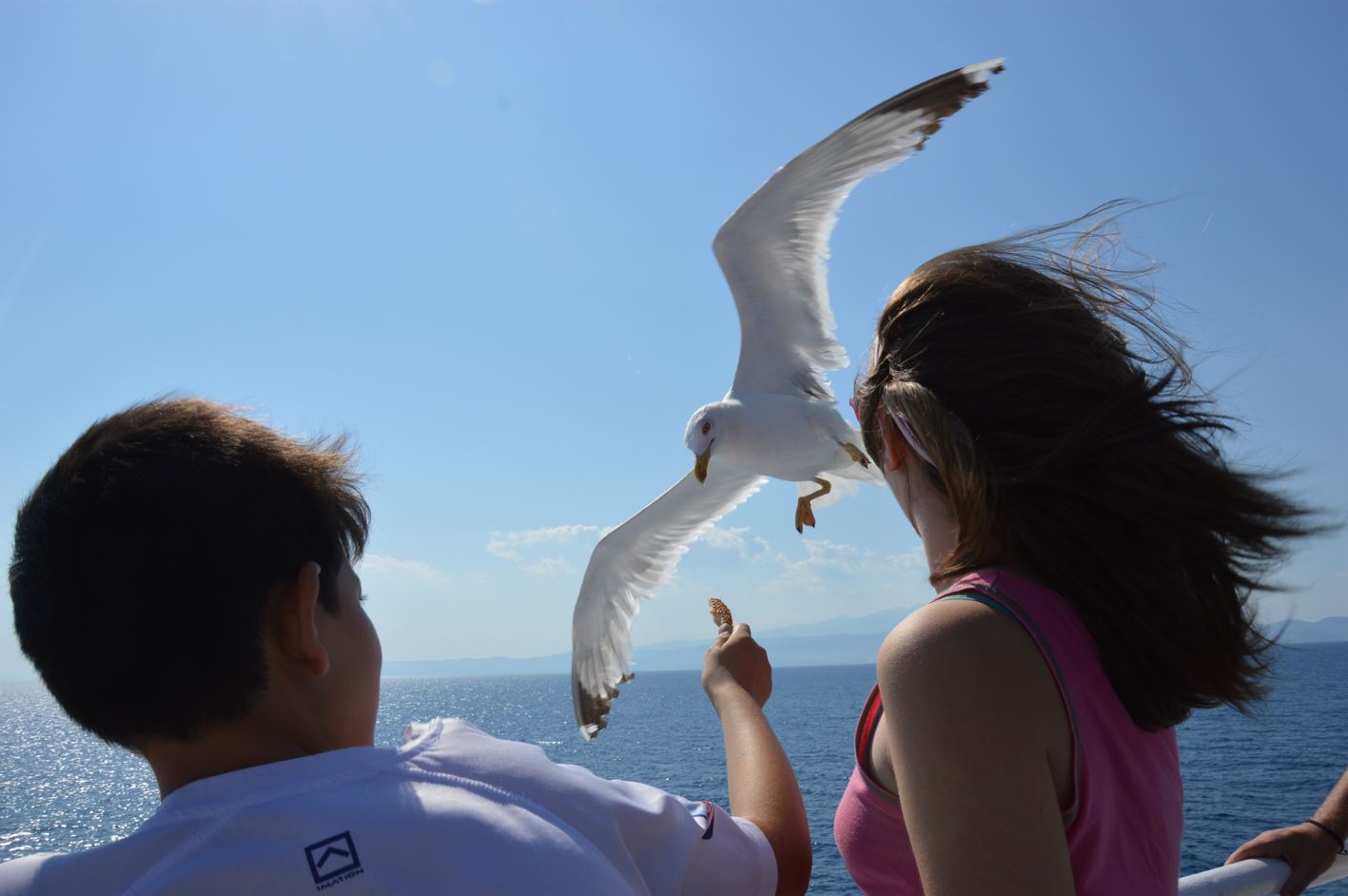
Cormorants
The word shalak means “to cast down” and refers – like the Greek katarraktēs, “the one that plunges down” – to the hunting method of the Cormorant (Phalacrocorax carbo). This swift swimmer dives headfirst into water, catching fish with its rough, hooked bill – once it grips, there’s no escape. The term “Sturzpelikan” (plunging pelican) is barely used outside the Elberfelder translation but captures the meaning well (Lev 11:17; Deut 14:17). In Israel, the cormorant is now only a migratory visitor or winter guest.

Ibises
It’s unclear which bird yanshuf refers to (Lev 11:17; Deut 14:16; Isa 34:11). The Greek ibis in the LXX suggests some species of ibises (Threskiornithidae). The Sacred Ibis (Threskiornis aethiopicus) is the best known. It used to be found in Egypt and possibly Israel but today lives only south of the Sahara. It needs access to water and is not typically a ruin-dweller (as Isa 34:11 describes). Also in the ibis family is the Northern Bald Ibis (Geronticus eremita), rare in Israel but native to the wider Middle East and comfortable in ruins. It is known by many names: Crested Ibis, Mane Ibis, Hermit Ibis, Stone Ibis, Monk Raven, or Forest Hoopoe – making it a strong candidate.
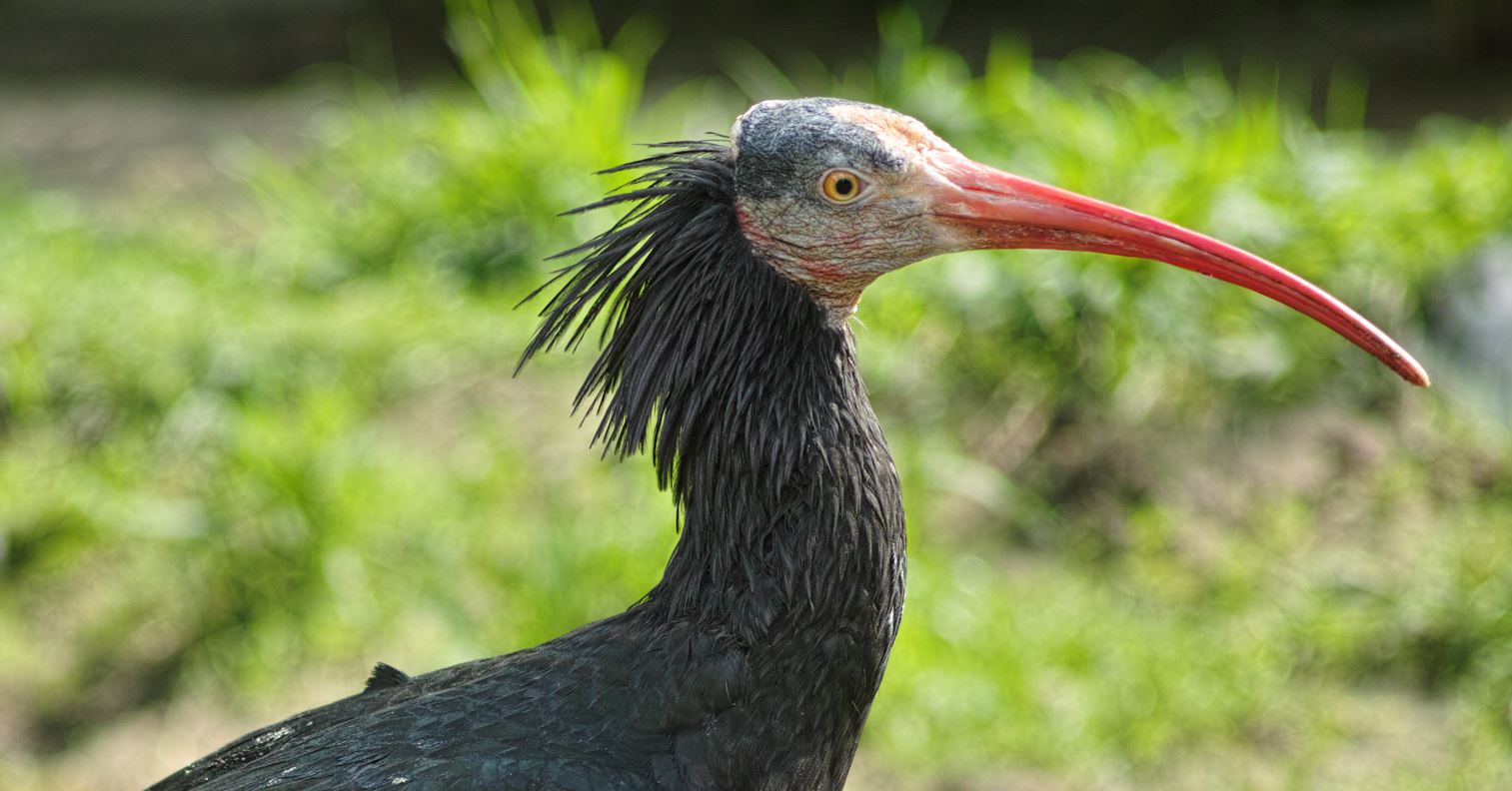
Swamphens
The Hebrew tanshemet is rendered porphyrion in the LXX, referring to the Purple or African Swamphen (Porphyrio madagascariensis) (Lev 11:18; Deut 14:16). The name derives from the verb nasham, meaning “to snort” (cf. Isa 42:14), matching the bird’s long, nasal trumpet calls that can make quite a racket at night. It is now rare in Israel but was once widespread. Oddly, the word appears again in Leviticus 11:30, clearly referring to a different creature. There, the LXX translates it as chamaileon. Chameleons do emit a soft hissing sound when annoyed, but whether this justifies calling them “snorters” remains unclear. Additionally, the Common Moorhen (Gallinula chloropus) and Eurasian Coot (Fulica atra) are frequently seen.
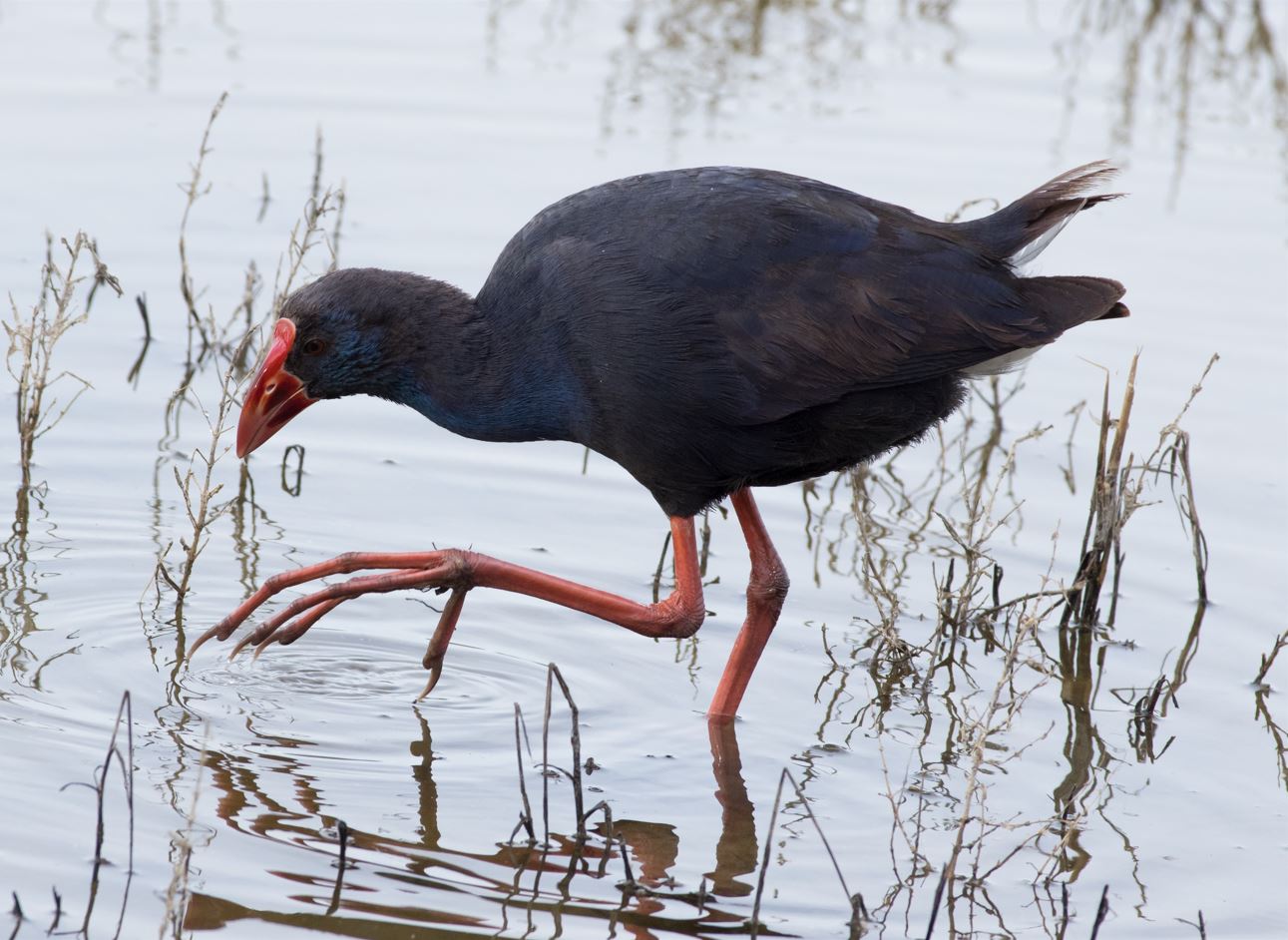
Herons
The anafa is rendered herodios in the LXX (Lev 11:19; Deut 14:18). This Greek term today refers to the Grey Heron (Ardea cinerea) or the Great Egret (Ardea alba). However, neither breeds in Israel. The Cattle Egret (Bubulcus ibis) and Little Egret (Egretta garzetta) are truly native. All three share heron traits: slender bodies, long necks and legs, and pointed bills. They wade in shallow water, spearing fish, amphibians, and reptiles to swallow whole. Since the food law mentions “all kinds,” it likely includes all three – possibly even the Black-crowned Night Heron (Nycticorax nycticorax), which resembles a smaller version of its more elegant relatives.

Hoopoes
The Hebrew dukhifat clearly refers to the Hoopoe (Upupa epops). The Greek epops in the LXX (Lev 11:19; Deut 14:18) is also part of its Latin species name. The name often imitates its call, recognizable in various languages: English “hoopoe,” French “Huppe,” Dutch “Hop,” Portuguese “Poupa,” and even Arabic “hudhud” with a bit of imagination. It’s surprising how well-known this bird is, despite few people having seen one in the wild. Its elegant head with a distinctive feather crest and long, curved bill is unmistakable. It has long been a resident of the Levant and was chosen as Israel’s national bird on the 40th anniversary of statehood!
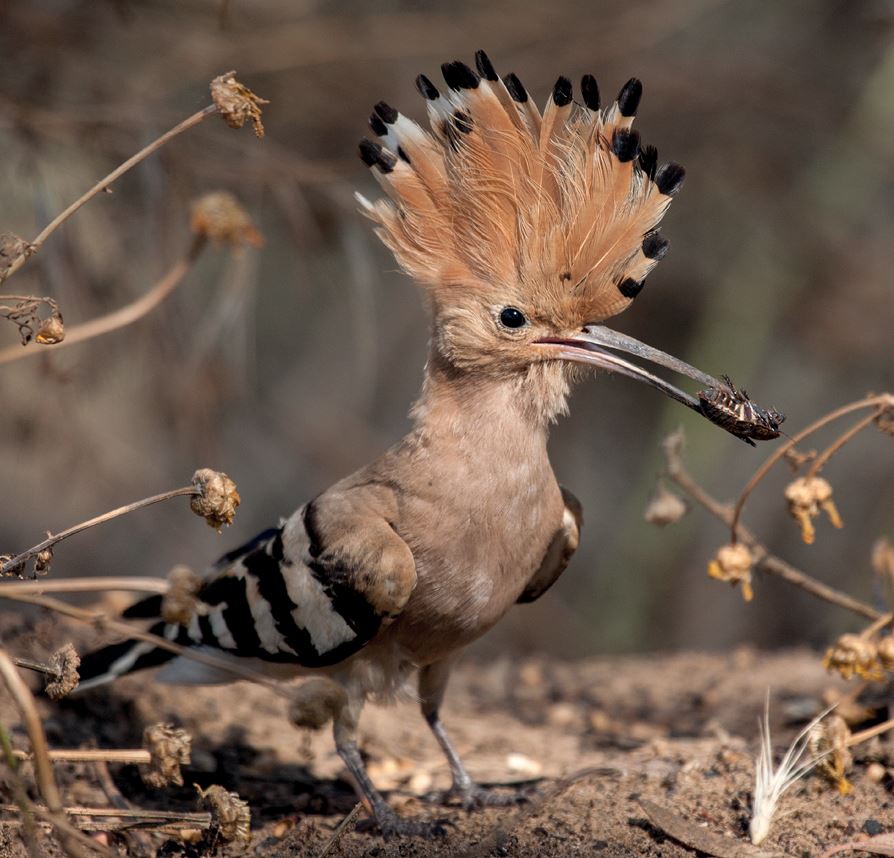
However, its reputation is mixed. It looks beautiful but emits a breathtaking stench. Regional names like “dung bird” (Palatinate), “poop rooster” (Switzerland), “stink rooster” (Alsace), “manure cock” (Brandenburg), and “stink-sticker” (Tyrol) suggest no one liked its smell. It was long believed this came from its messy nests, but later studies showed its preen gland secretes a foul-smelling substance with antibacterial properties, protecting it from infection and deterring predators. Everything around it takes on this odor, and it defends itself by hurling nesting material at intruders. That’s why most zoos avoid displaying it – but in Germany, it can be admired in the zoos of Berlin, Frankfurt, Cologne, and Augsburg.
Bats
There is frequent ridicule that the atalleph (“bat”) is supposedly listed as a “bird” in the Bible. But note: it appears at the very end of the list of ‘of’ (“flyers”): “…and the bat” (Lev 11:19; Deut 14:18). In the context of dietary law, this order makes sense. It’s naïve to expect modern taxonomy in the Bible and conclude that the ancients couldn’t tell the difference. It’s safe to assume they knew bats lack feathers, beaks, nests, and eggs. But since they share flight as their main feature, they’re not more out of place among flying creatures than ostriches, who can’t fly but share all other bird traits.
Even today, not everything is argued taxonomically. A perfect example: New Zealanders voted the long-tailed bat (Chalinolobus tuberculatus) their “Bird of the Year 2021” – not by mistake. The name may derive from ataf (“to wrap, envelop”), as bats hang from ceilings wrapped in their wings. Today, Israel is home to 31 bat species, 30 of which are insectivores. They play a key role in pest control and are protected by conservation laws.
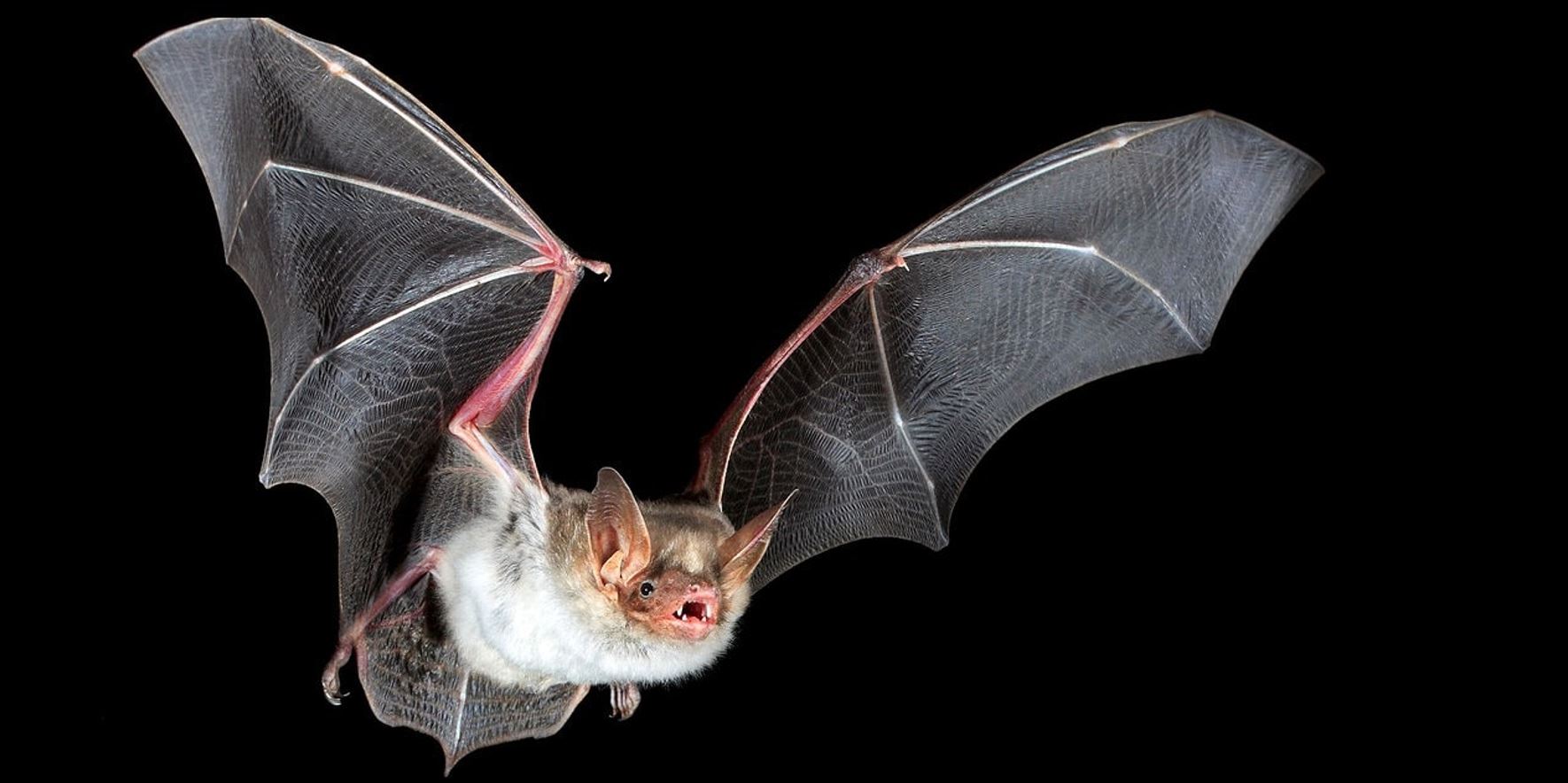
Sources:
Avivi, E: The Bats of Israel Yesterday and Today: 1989-90. BATS Magazine 2012
Barkhausen, B: Spott im Internet: Neuseeland wählt Fledermaus zum „Vogel des Jahres“. Redaktions Netzwerk Deutschland (RND) 02.11.2021; https://www.rnd.de/panorama/spott-im internet-neuseeland-waehlt-fledermaus-zum-vogel-des-jah res-GW2J55A3DVBAFNQW6PF5O7EASI.html
Fähnders, T: Neuseeland wählt Fledermaus zum „Vogel des Jahres“. Frankfurter Allgemeine Zeitung 01.11.2021; https:// www.faz.net/aktuell/gesellschaft/tiere/vogel-des-jahres neuseeland-waehlt-fledermaus-17612874.html
haGalil: „Duchifat“: Wiedehopf ist Nationalvogel. Offizielle Bekanntmachung der Botschaft des Staates Israel, 30.05.2008
Jürgensen, H: Wie Israel auf den Wiedehopf kam. Osthol steiner Anzeiger 27.01.2011; https://www.shz.de/1109321
Martín-Vivaldi,M; Peña, A; Manuel, J: Antimicrobial chemicals in hoopoe preen secretions are produced by symbiotic bacteria. Proceedings of Biological Sciences 2010; 277(1678):123-30; doi: 10.1098/rspb.2009.1377
Redaktion: Waldrabe. Pierer’s Universal-Lexikon, Bd. 18, S. 804) Altenburg (Pierer) 1864; http://www.zeno.org/Pierer-1857/A/Waldrabe
Image Credits:
Wikipedia: Yellow-legged Gull in flight / Michael Elleray // Boat ride with gull / Annatsach // Northern Bald Ibis full view / Robert F. Tobler // Purple Swamphen in pond / Hobbyfotowiki // Hoopoe full view / Artemy Voikhansky // // Greater Mouse-eared Bat / C. Robiller
andere Lizenzen: Cormorant diving / Joanna Lentini // Cattle Egret on cow / shutterstock_2076569890.jpg / Chase D’animulls

